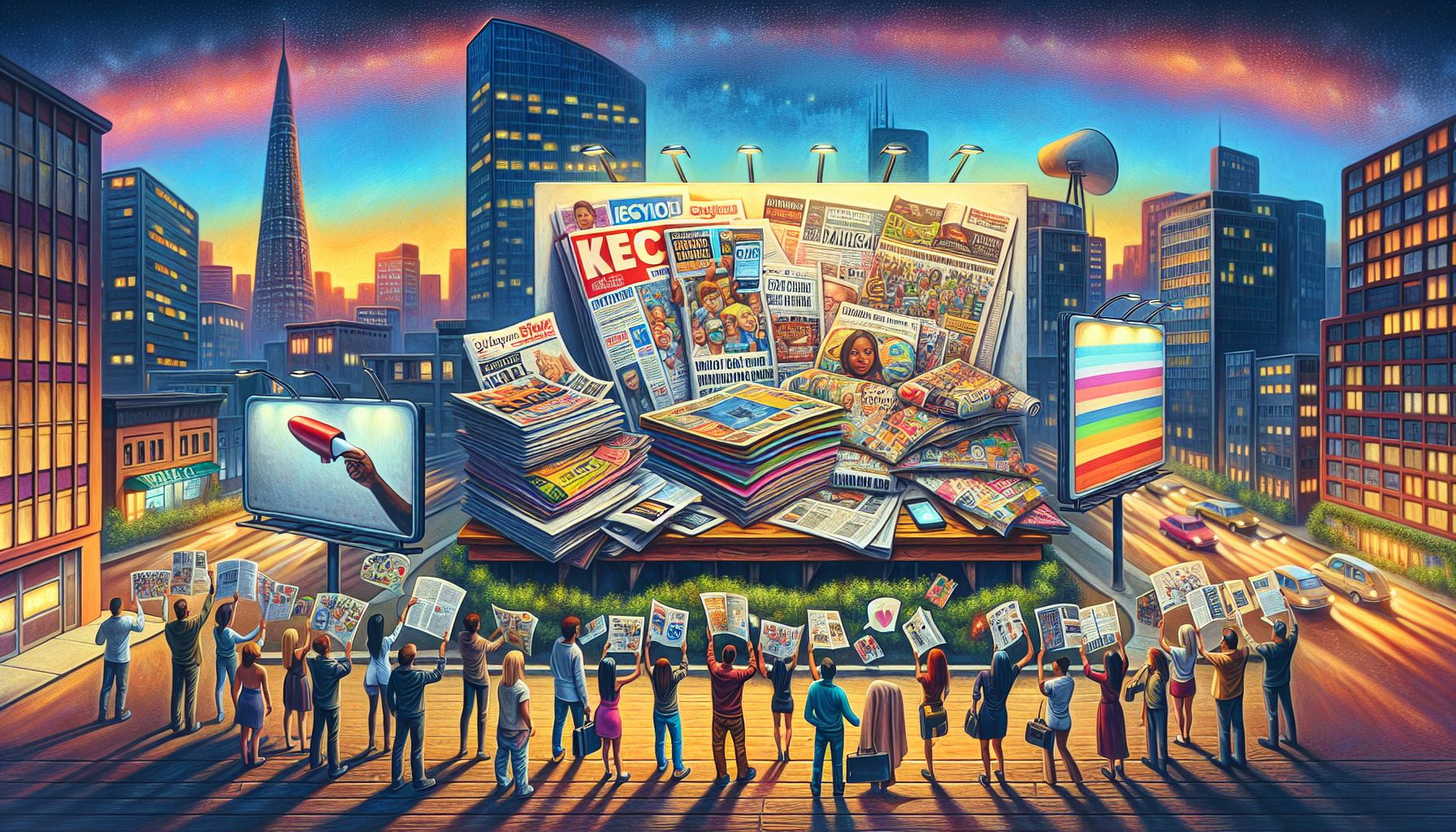In today’s digital era where online marketing dominates, it’s easy to overlook the power of traditional printed marketing. With the rise of social media, email campaigns, and search engine optimization, many businesses have shifted their entire advertising strategies solely towards digital channels. However, print marketing continues to hold its ground as a valuable and effective way to reach and engage with consumers. In this article, we will explore the various benefits of printed marketing and why it should not be underestimated in the modern business landscape.
Introduction: The Digital Age vs. Traditional Channels
As technology continues to evolve, it is essential for businesses to adapt and embrace new digital marketing strategies. However, in the midst of this digital revolution, many marketers have dismissed or overlooked traditional channels such as printed marketing. Print may seem old-fashioned or less trendy, but it still offers several unique advantages that cannot be achieved through digital means alone.
I. Tangibility and Credibility
One of print marketing’s most significant advantages is its tangibility. Unlike digital ads that can be easily scrolled past or overlooked, print materials such as brochures, flyers, or direct mail are physical objects that engage multiple senses. The act of physically holding a piece of print marketing creates a deeper connection with the audience. This tangibility helps in creating a more lasting impression on potential customers.
Moreover, print marketing materials often lend a sense of credibility and professionalism to a brand. In an era where anyone can create an online presence, printed materials can provide a level of trustworthiness and authority that may be lacking in digital spaces. This perceived credibility can play a vital role in building brand recognition and loyalty.
II. Targeted Reach and Engagement
Print marketing allows for highly targeted reach and localized targeting. Unlike digital platforms, which can be global in nature, print materials are often distributed in specific geographical areas or locations where the target audience is likely to be more receptive. For instance, distributing flyers in a local neighborhood or placing an advertisement in a niche magazine can effectively reach a specific demographic.
Furthermore, print marketing offers a higher level of engagement compared to digital advertising. Whether it’s flipping through a magazine, opening a direct mail piece, or noticing a well-designed billboard, print advertisements tend to capture attention for a longer duration. This increased engagement creates an opportunity for deeper brand messaging and storytelling, fostering a stronger connection with consumers.
III. Less Clutter and Higher Recall
In today’s digital world, consumers are bombarded with numerous online advertisements every day. This saturation of digital marketing often results in ad fatigue, causing consumers to ignore or become desensitized to online ads.
Printed marketing, on the other hand, helps to cut through the digital clutter. With fewer businesses investing in print, there is less competition for visibility, capturing the attention of potential customers more effectively. Additionally, print advertising has been shown to have a higher recall rate than digital ads. Studies have found that individuals tend to remember and retain information better when they encounter it through print media.
IV. Enhanced Brand Loyalty
Print marketing plays a significant role in building and maintaining brand loyalty. When a consumer receives a tangible print material, they feel valued and appreciated by the brand. This personal touch can strengthen the emotional connection between the brand and the consumer, ultimately leading to increased loyalty.
Additionally, print marketing allows for more long-term impact compared to digital advertisements that may be quickly forgotten. Printed materials such as calendars, postcards, or product catalogs can have a lasting presence in the consumer’s environment, providing repeated exposure to the brand and reinforcing its image over time.
Conclusion: Reinventing Traditional Advertising
While digital marketing is undoubtedly important in today’s landscape, dismissing printed marketing as outdated would be a mistake. The unique advantages of print, including tangibility, credibility, targeted reach, higher engagement, and enhanced brand loyalty, make it an essential component in a well-rounded marketing strategy.
By harnessing the power of printed materials in conjunction with digital efforts, businesses can create a comprehensive and impactful marketing campaign. Integrating print into your marketing mix not only helps cut through the digital clutter but also allows you to connect with consumers on a deeper level. So, the next time you plan your marketing strategy, remember that printed marketing is still a force to be reckoned with in the modern business world.
